Anna Collette
Gathering Ground
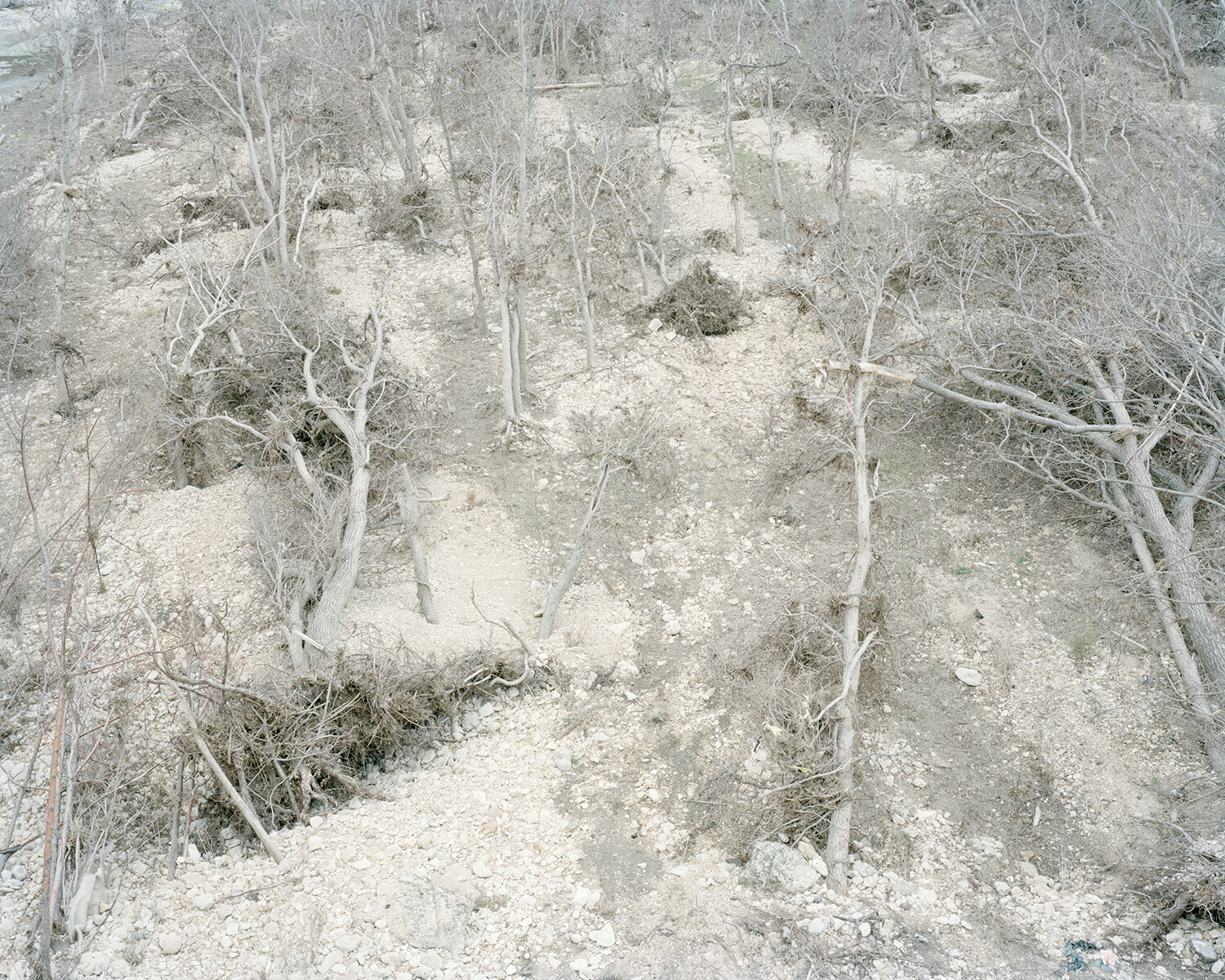
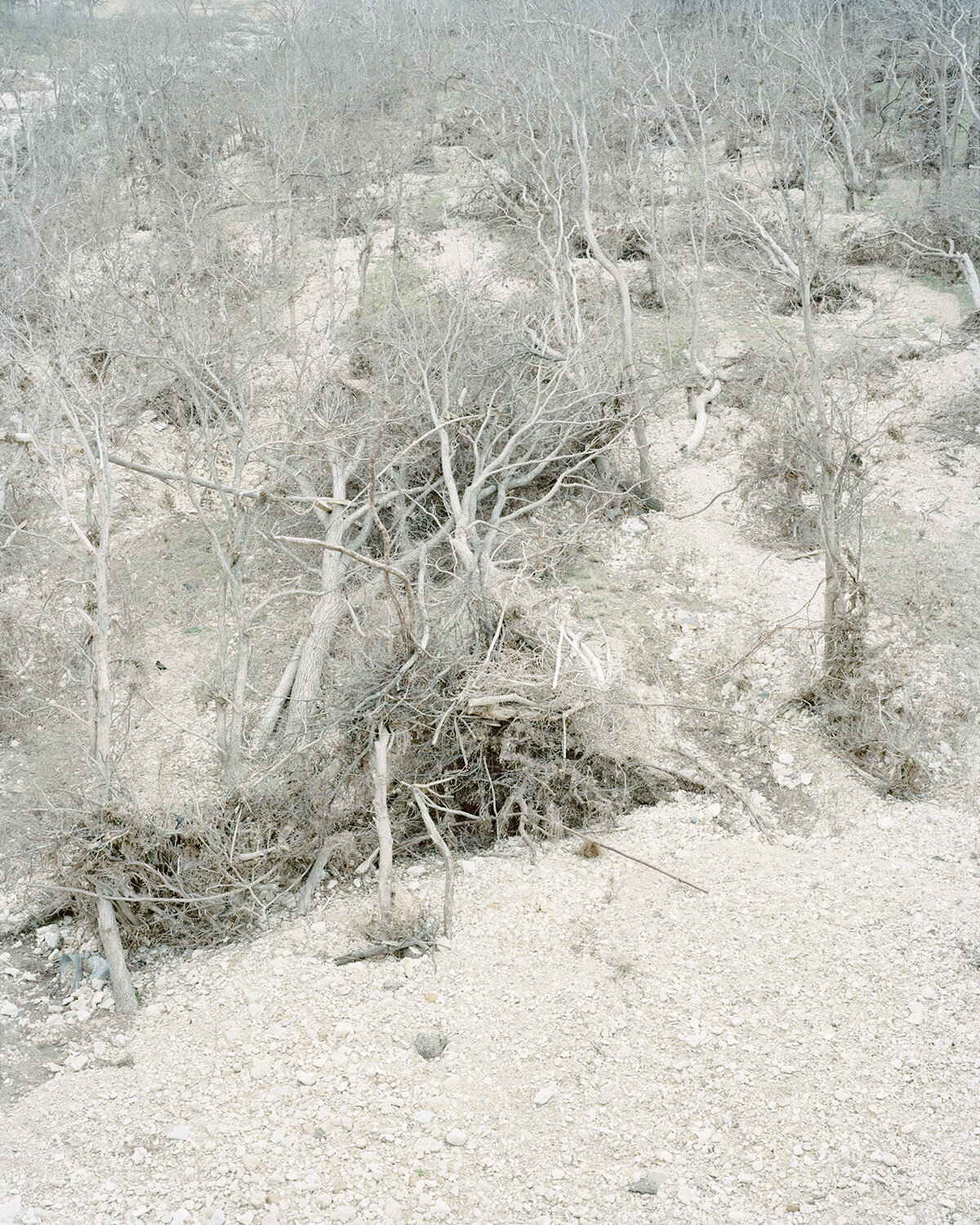
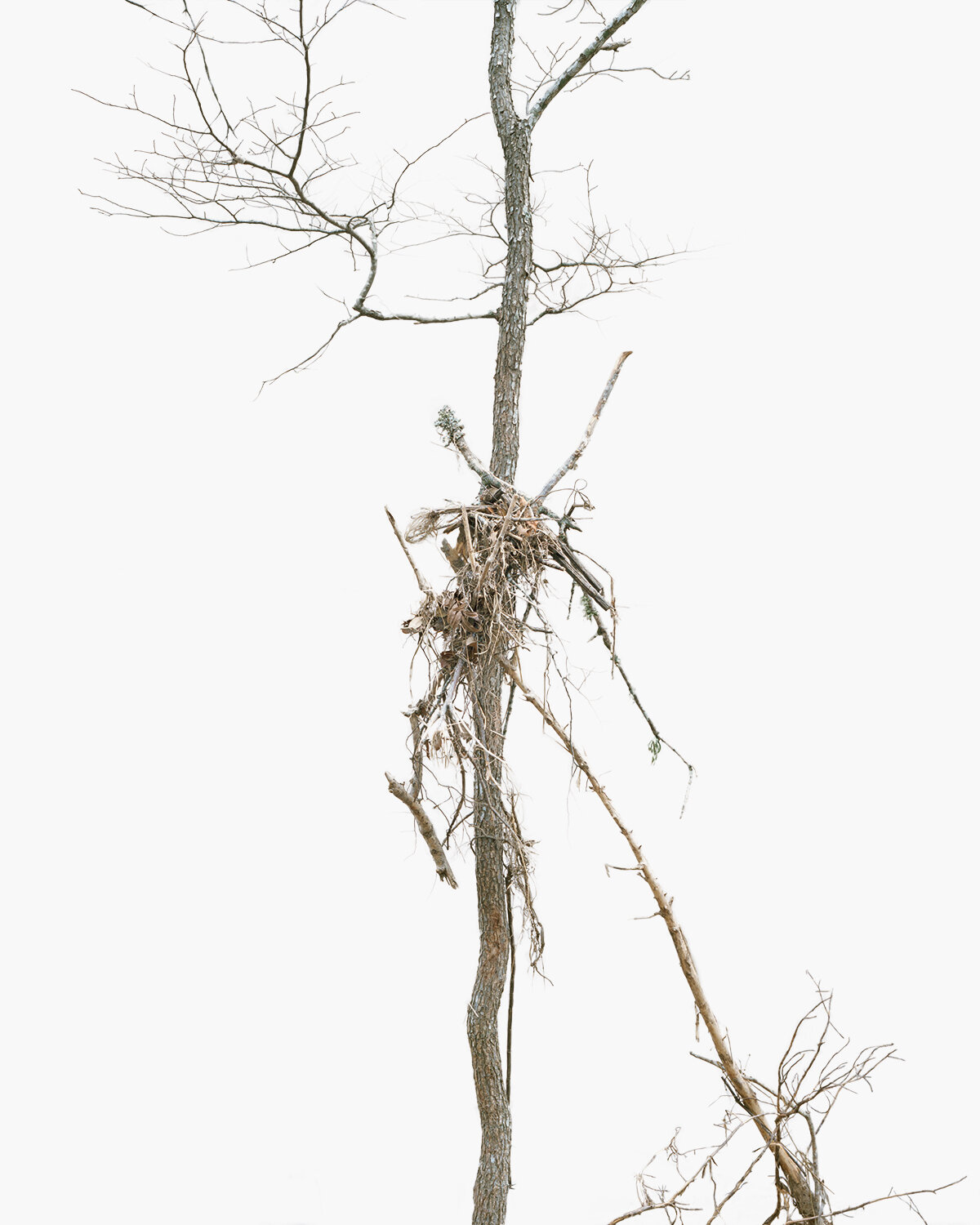
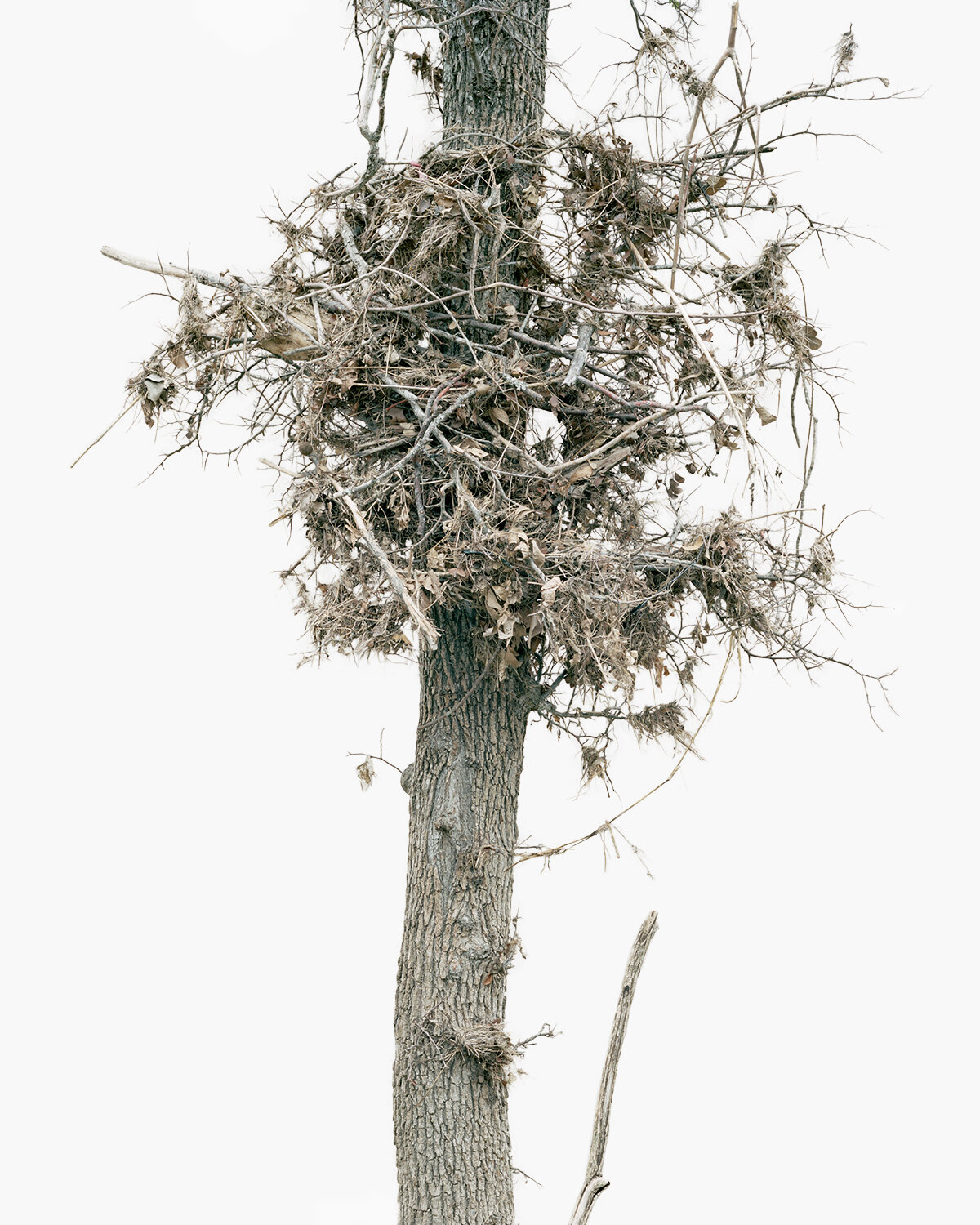
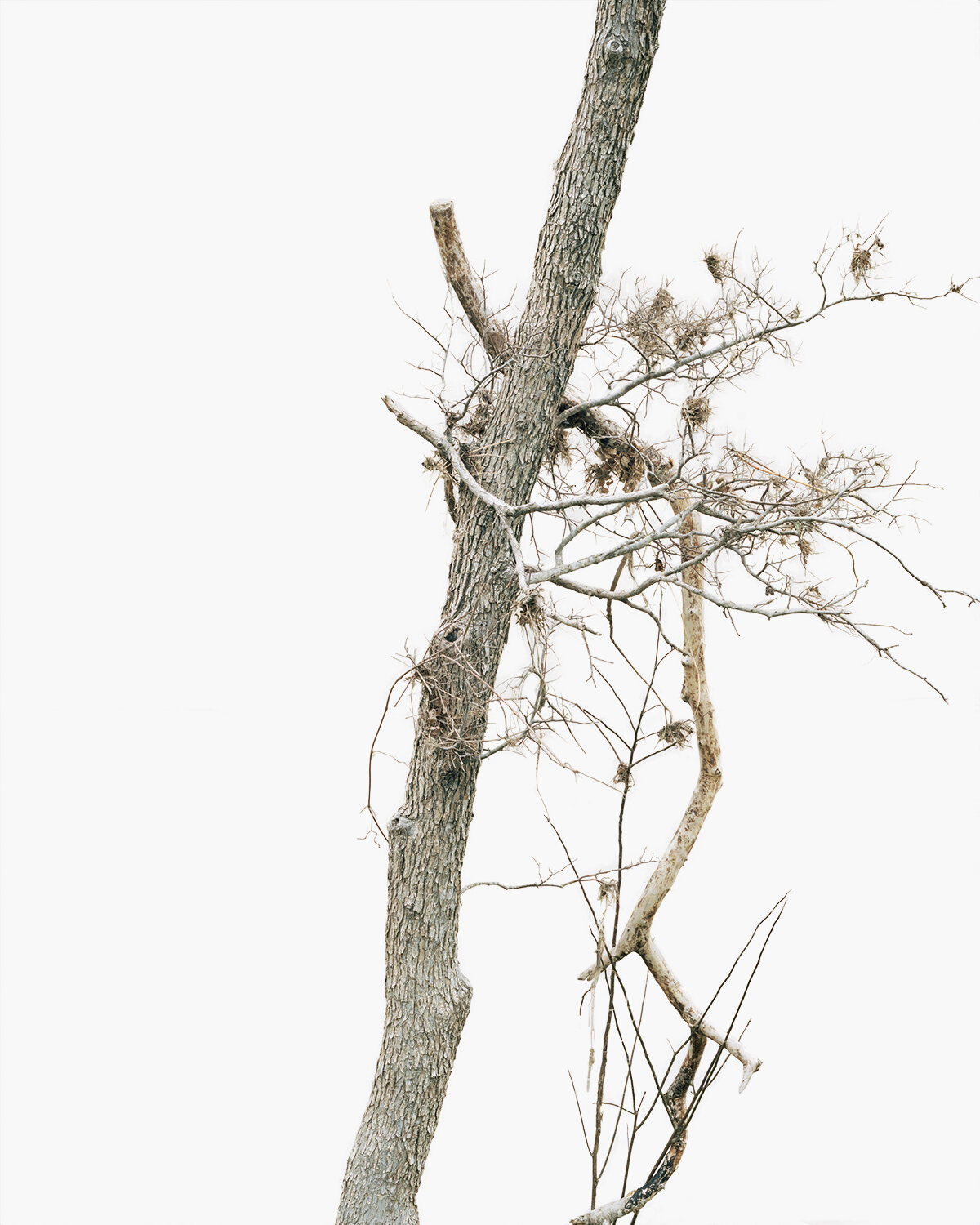
We are pleased to be showing Anna Collette’s Gathering Ground. A graduate of Massachusetts College of Art and Design and Yale University, Collette now lives in Texas where she is an Assistant Professor in the Department of Art and Art History at the University of Texas at Austin.
As with Collette’s earlier series, these images are placed in the natural environment. Regarding Gathering Ground, Collette says, I made this work in the southern most reaches of Travis County several months after a historic rainfall, which further worsened the seasonal flooding. The flood in Onion Creek uprooted trees–having shallow root systems–and rushed downstream.
The trees were caught by a grove of Live Oaks–acting as a net–to create a 30-foot wall of water. I arrived a few months later. I first saw the creek, now dry and ashen, from the highway overpass. I began wandering up and down the bridge, placing my camera over the edge of the rail. With the monocular perspective of the camera, I saw a dizzying and almost revisionist view wherein the fallen seemed to stand. I then began trespassing. I photographed the accumulation of limbs and branches caught in the trees. I thought these images in the landscape related to the history of portraiture. Week after week, I returned with a large 12x15 foot studio backdrop and made singular portraits of the trees and debris, fixating on their hanging limbs and severed sticks. -Collette
Yoav Horesh
Where We Stand
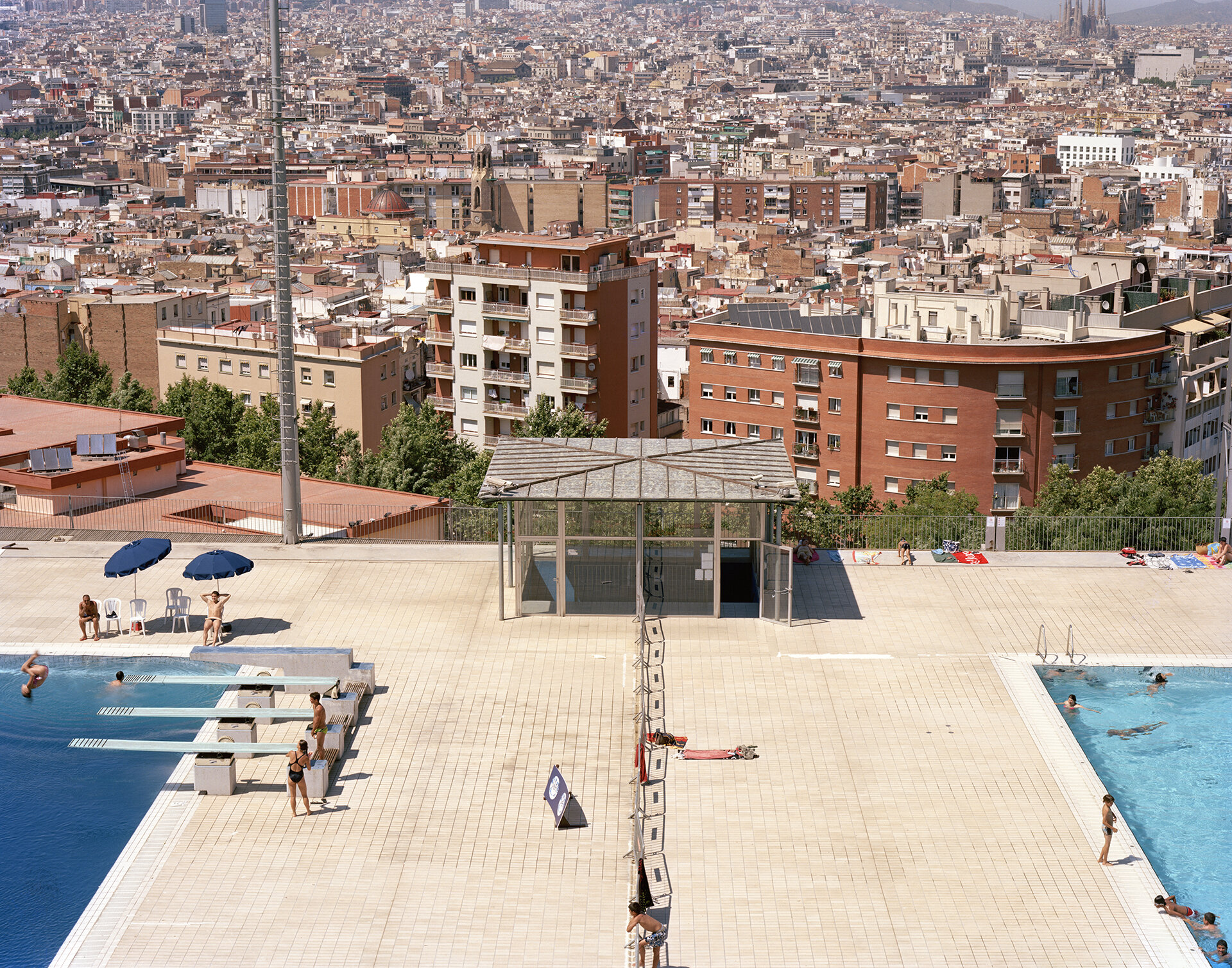
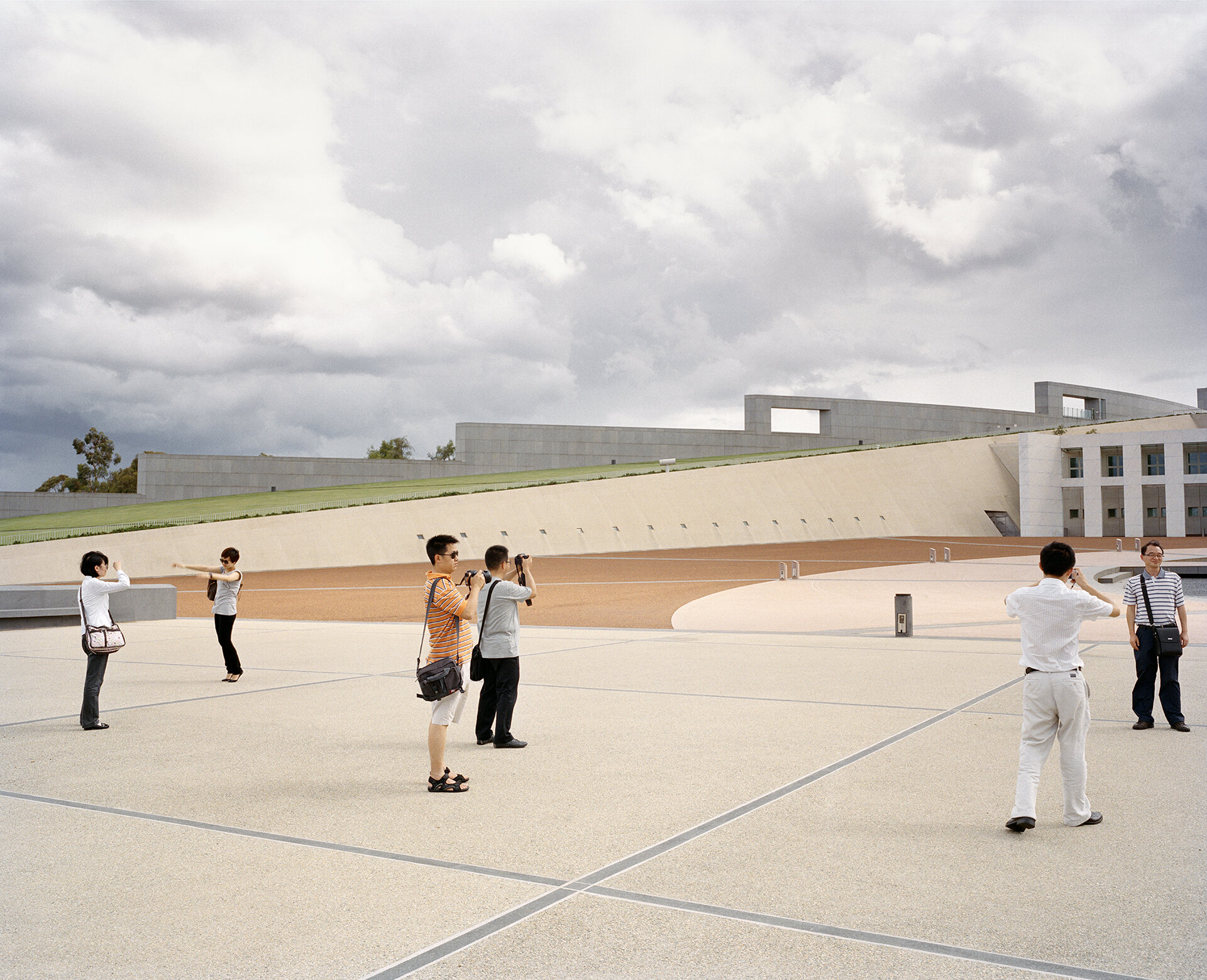

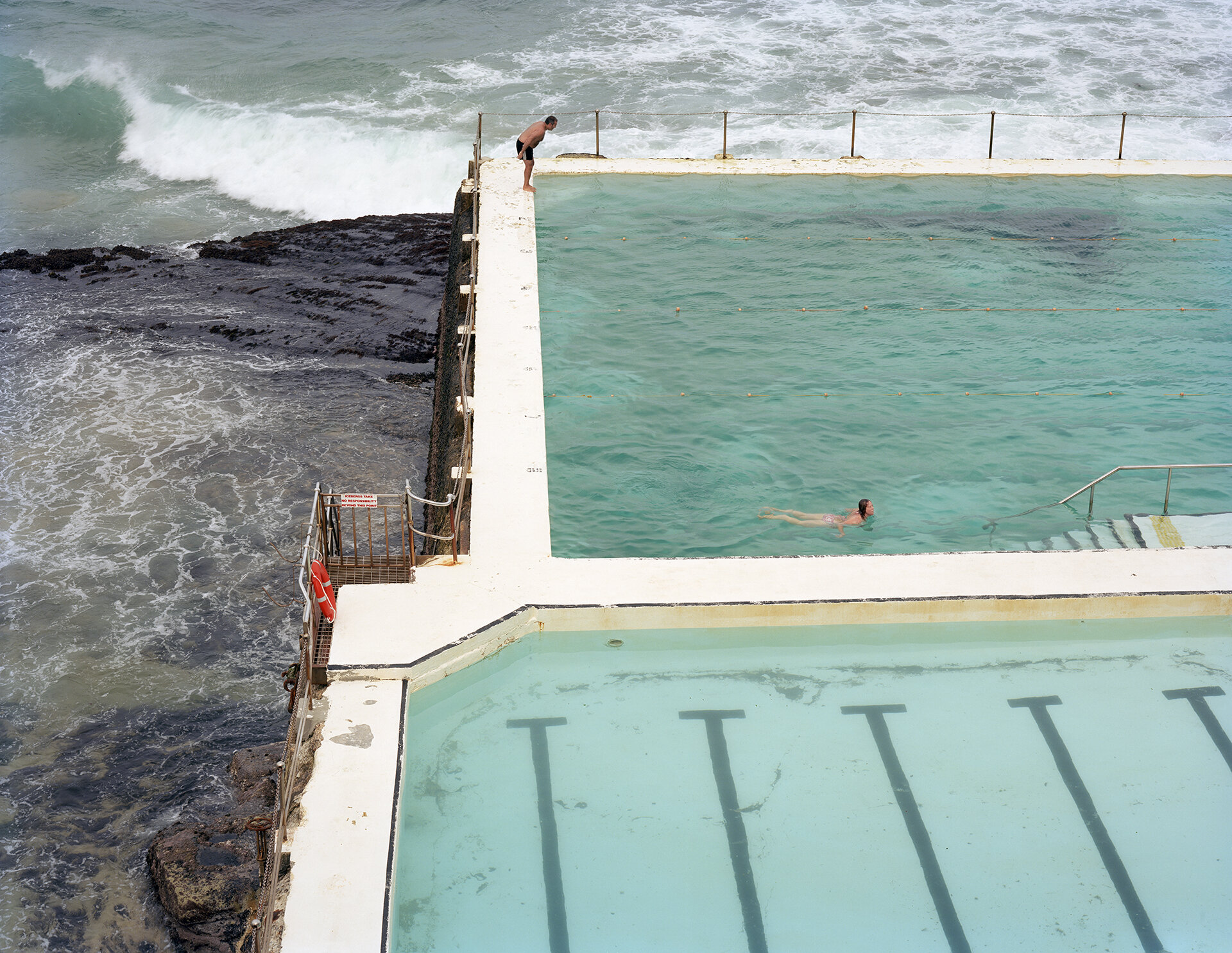
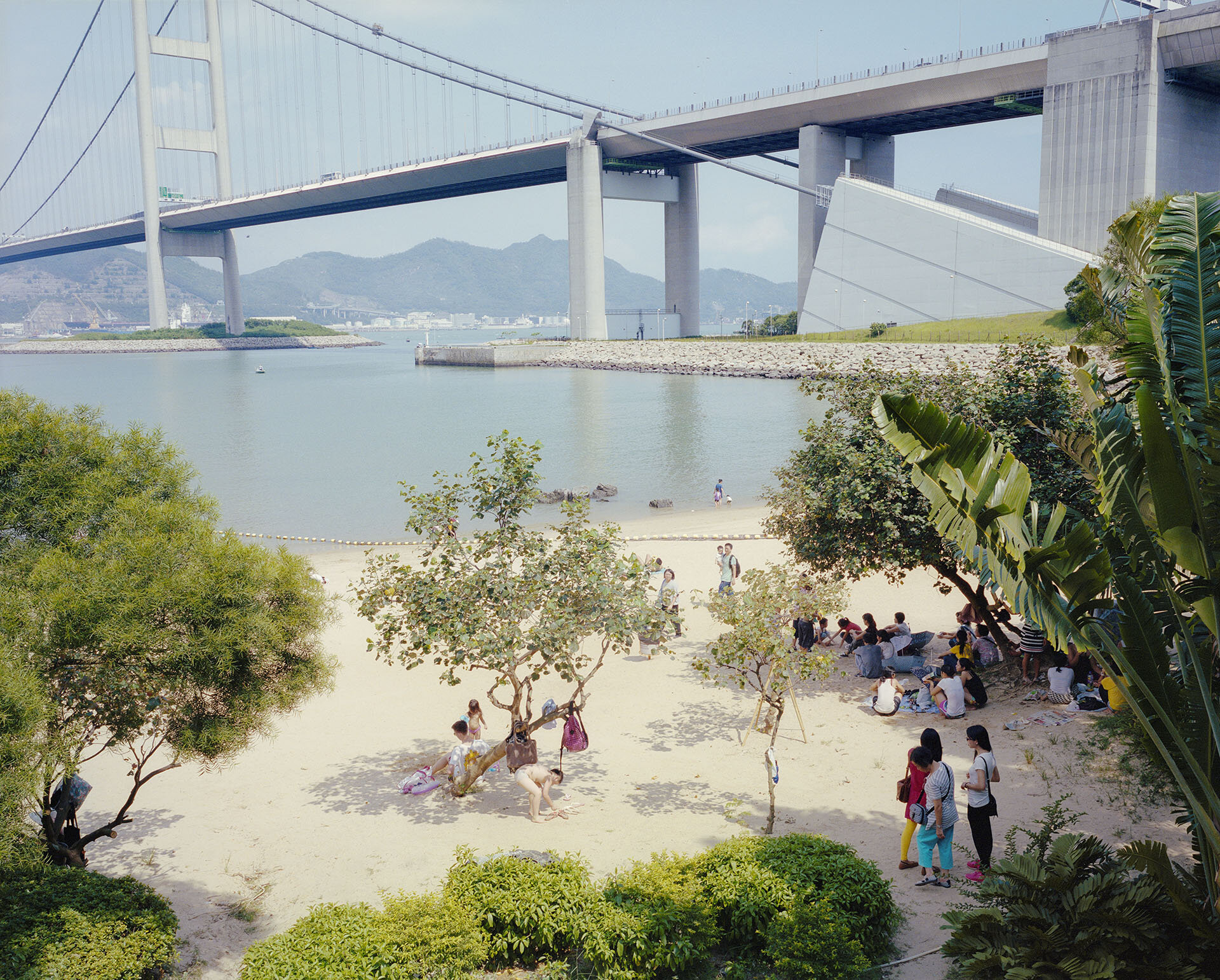
This is Yoav Horesh’s third exhibit with the gallery. Horesh, who received his BFA from Massachusetts College of Art and Design and his MFA from Columbia University, has been teaching and traveling in Europe, Asia and Australia for the past 4 years. The images in Where We Stand, as with his earlier works, are a visual diary of his place in the world he encounters, the culture and the way people use these spaces and where he stands in the process.
These large formatted images, deeply saturated with color and light, are observations of how people relate to their physical space. As we explore these spaces, we take into account the nature of sharing space as well as the cultural influences that inform Where We Stand. How do people at a bus stop differ from those at a monument?
Horesh writes: I take a step backwards and observe not only the space and its attributions, but also the people planted within. Tracing the way they place themselves in a public setting vis-à-vis their neighbors, with regard to the site, and relative to my point of view. Some of the interactions I seek to create in my photographs are not only physical, but rather cultural or conceptual. At times, people are found in a space where culturally it is foreign to them, and that gap or connection between the person and place is where I want my photographs to be.
Greg Heins
Flowers of Sorrow
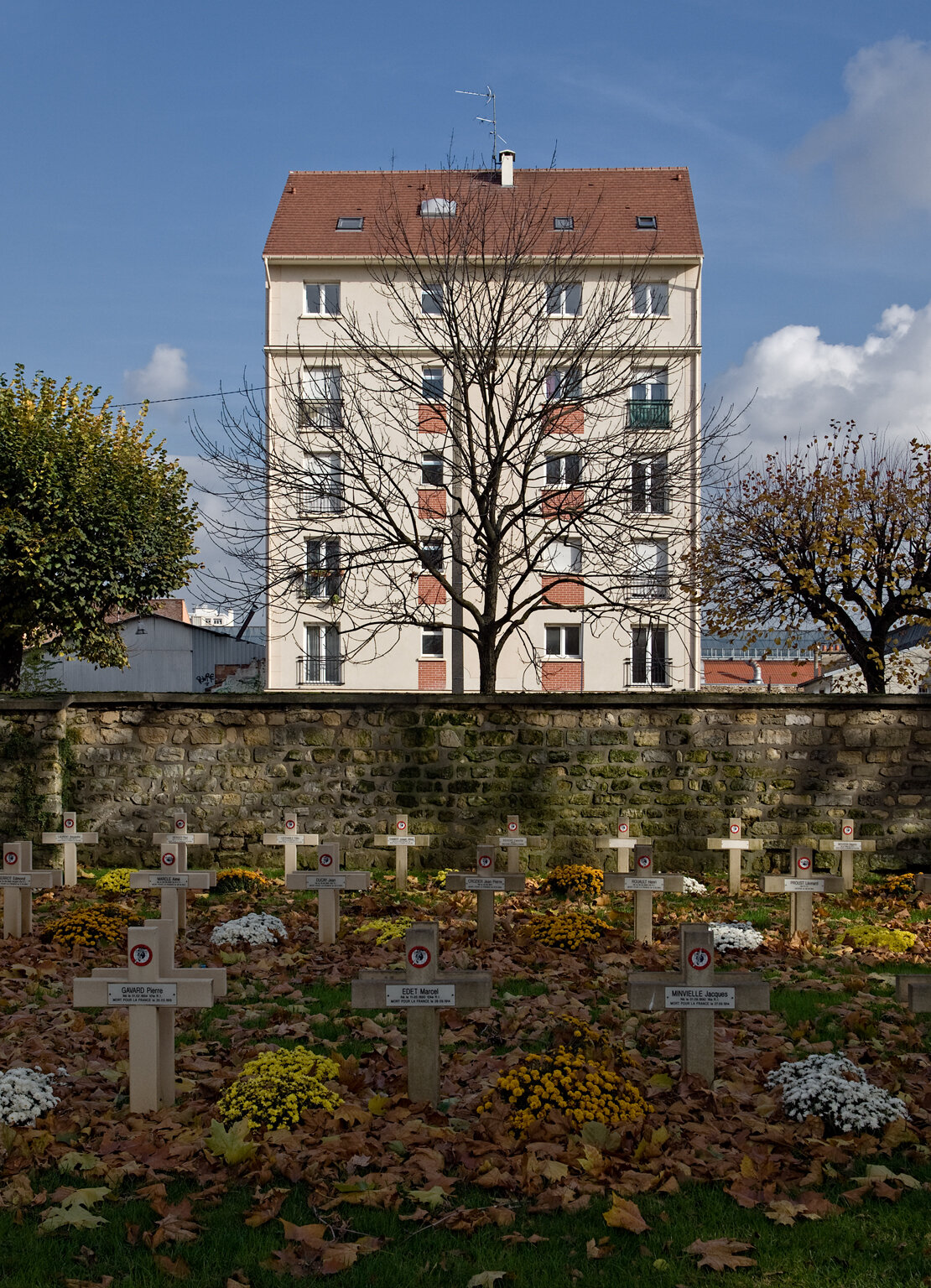

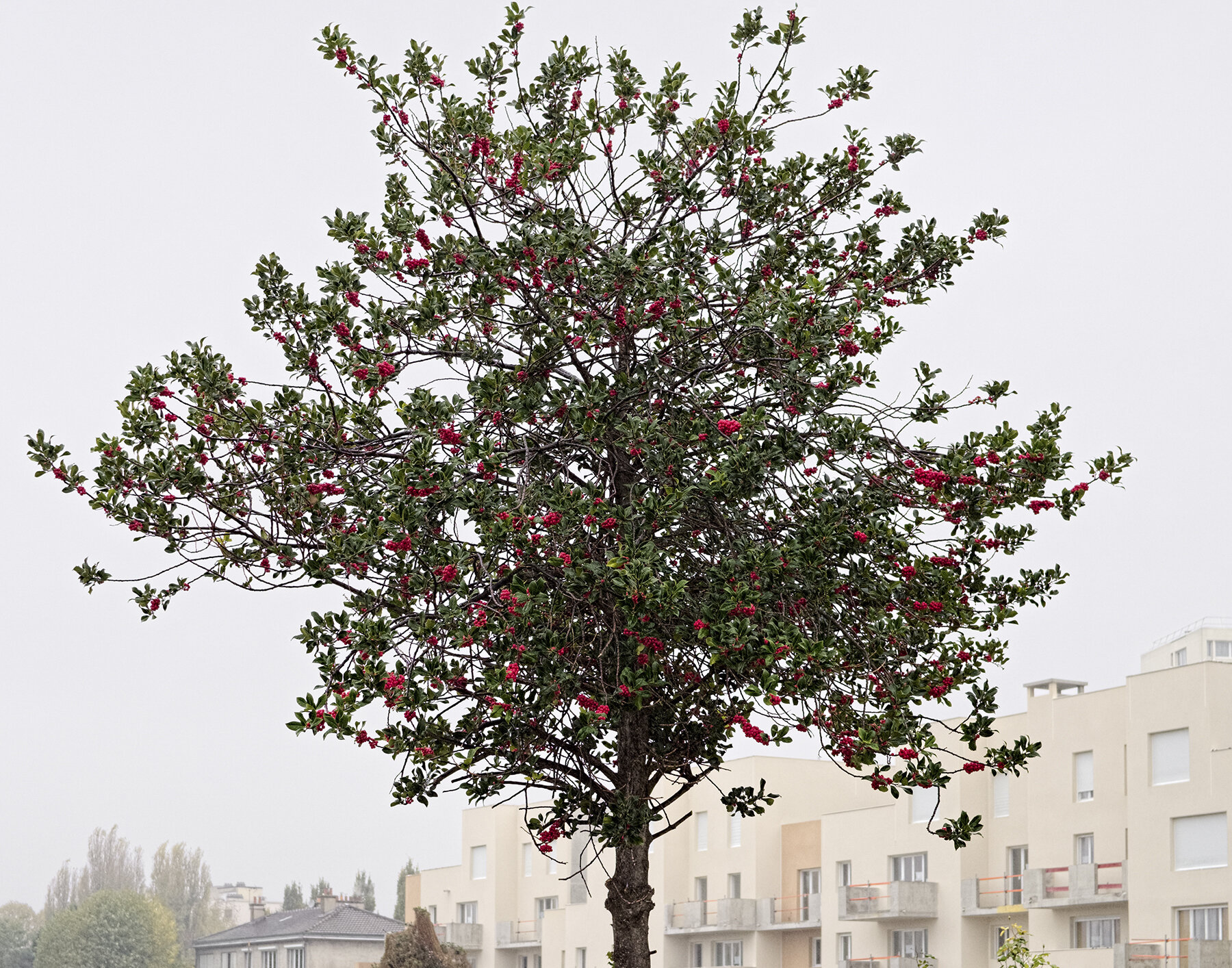
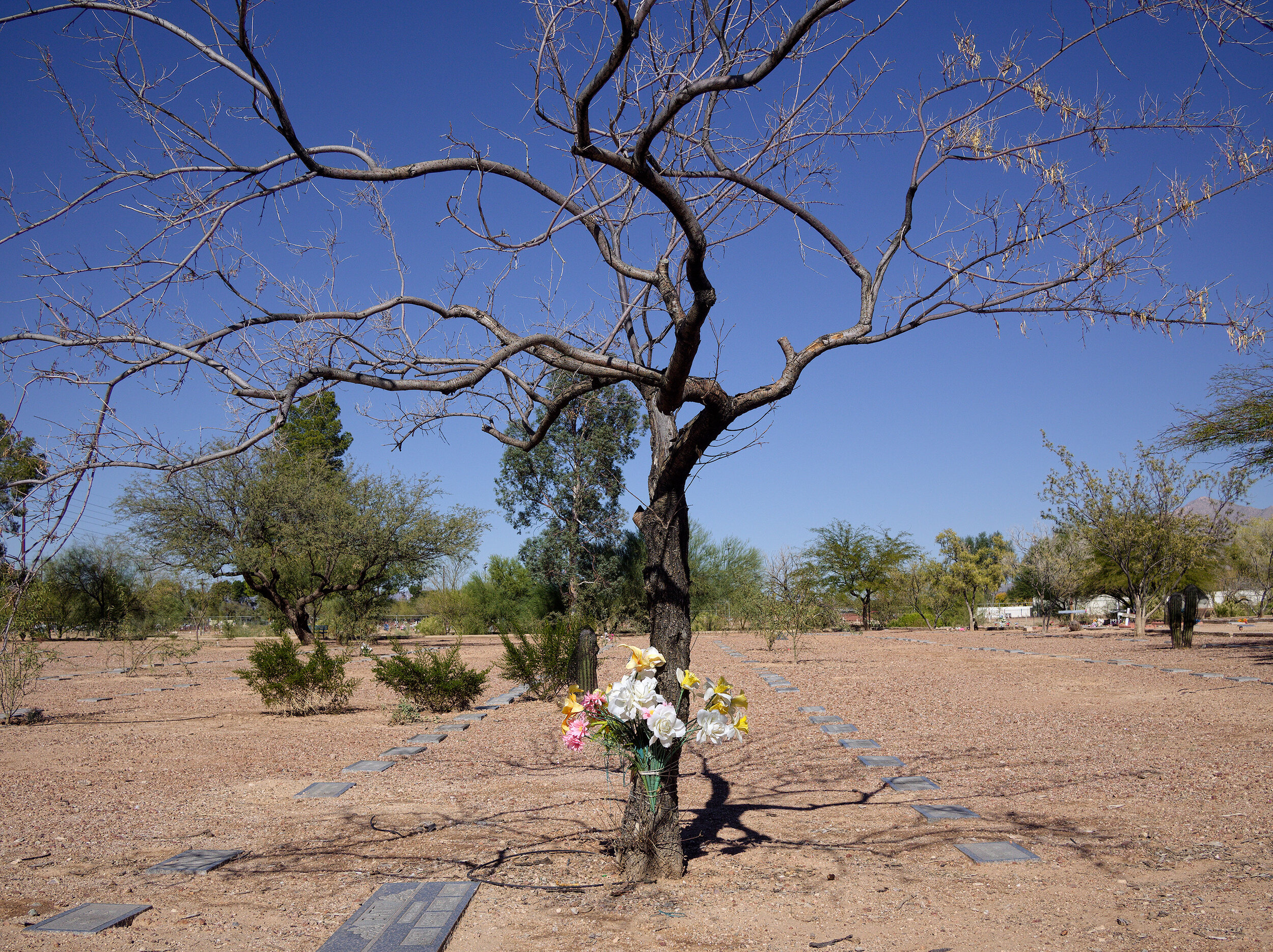
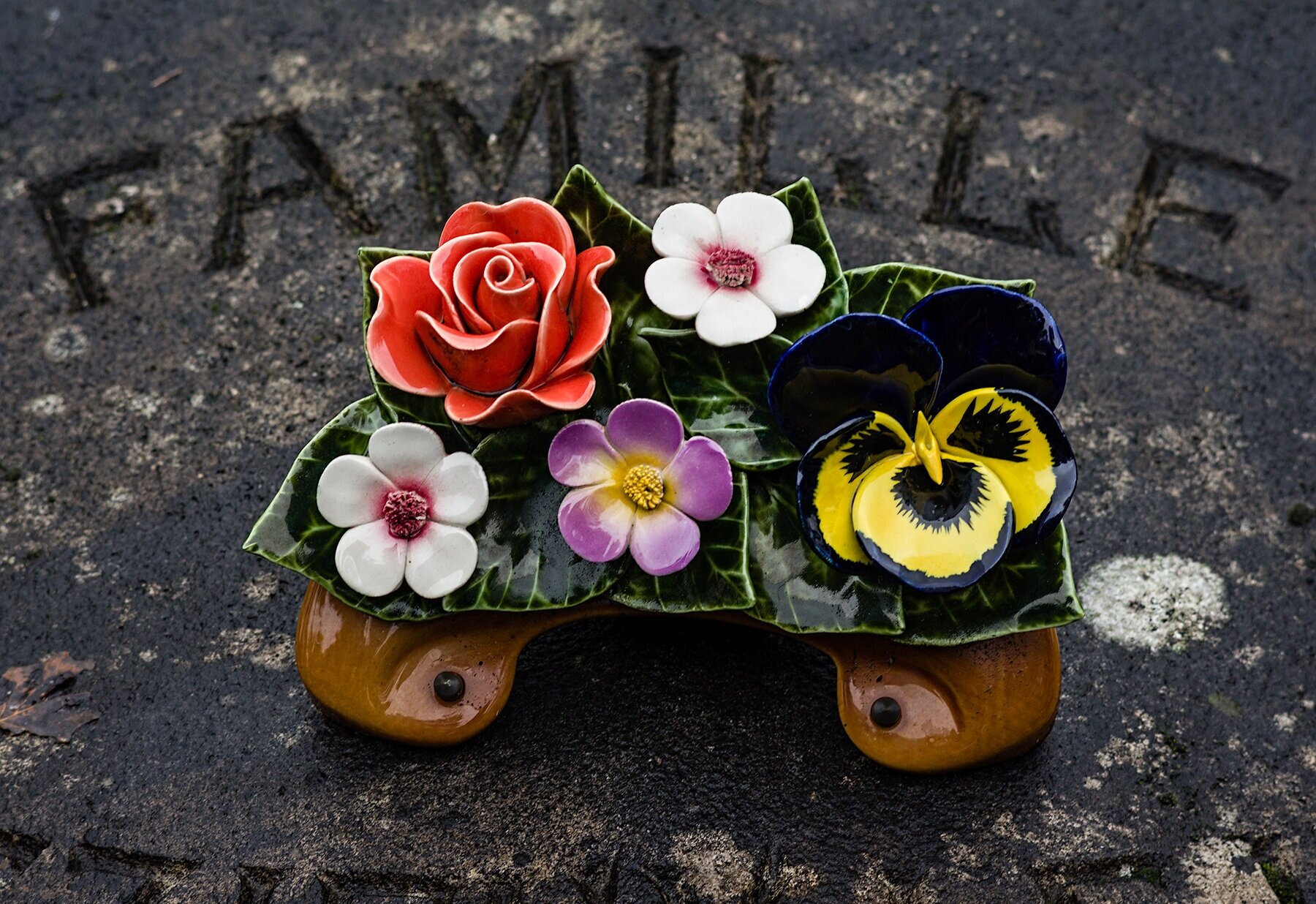
Placing flowers on a gravesite is a visual expression of love, sympathy, and respect. They indicate a willingness to share in another’s burden of grief. Early Romans are thought to have placed flowers at burial sites to create a comforting environment for the deceased’s spirit to wander. Today, flowers comfort the living and show respect for the deceased.
Greg Heins’ series, Flowers of Sorrow, are images from cemeteries on the outskirts of Paris; not places for the famous residents with streams of tourists but places of quiet and calm; places where one could spend hours without encountering another person. During his walks, Heins noticed in addition to the bouquets of living flowers, there were brightly colored ceramic flowers. Juxtaposed to the gray of the stones, these arranged ceramic flowers in their reds, lavenders, greens and yellows were a welcoming and comforting respite – a light in the sadness. Some shiny, some faded, some whole and others broken, they are indications a lasting love and hope … the fragility of the flower is now strong and permanent like the stones they join.
Heins graduated from Cornell University and his been photographing art works for nearly 20 years. He lives and works in Boston where he is the photographer for the Museum of Fine Arts. His work is in the collection of the Museum of Fine Arts, Boston.
